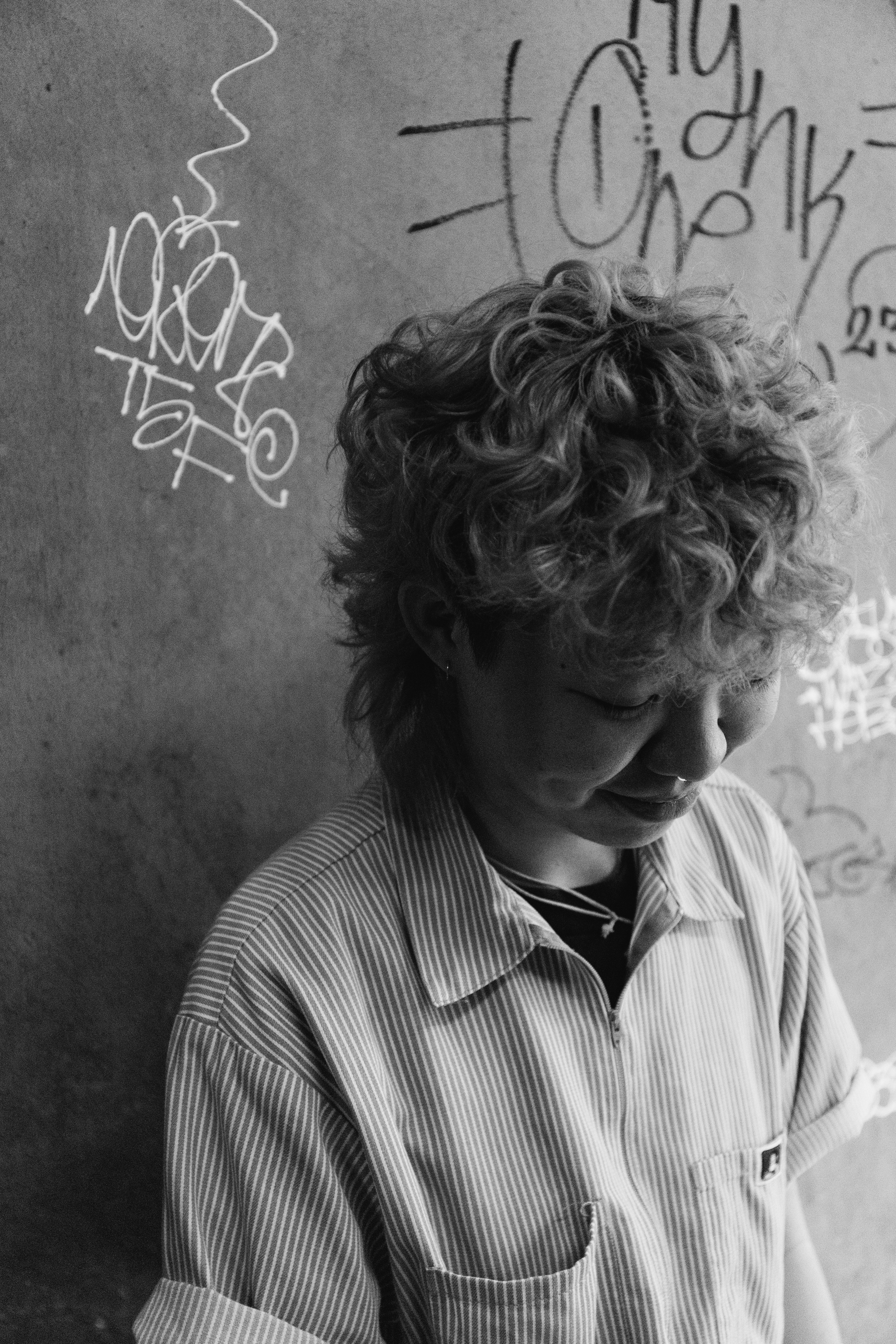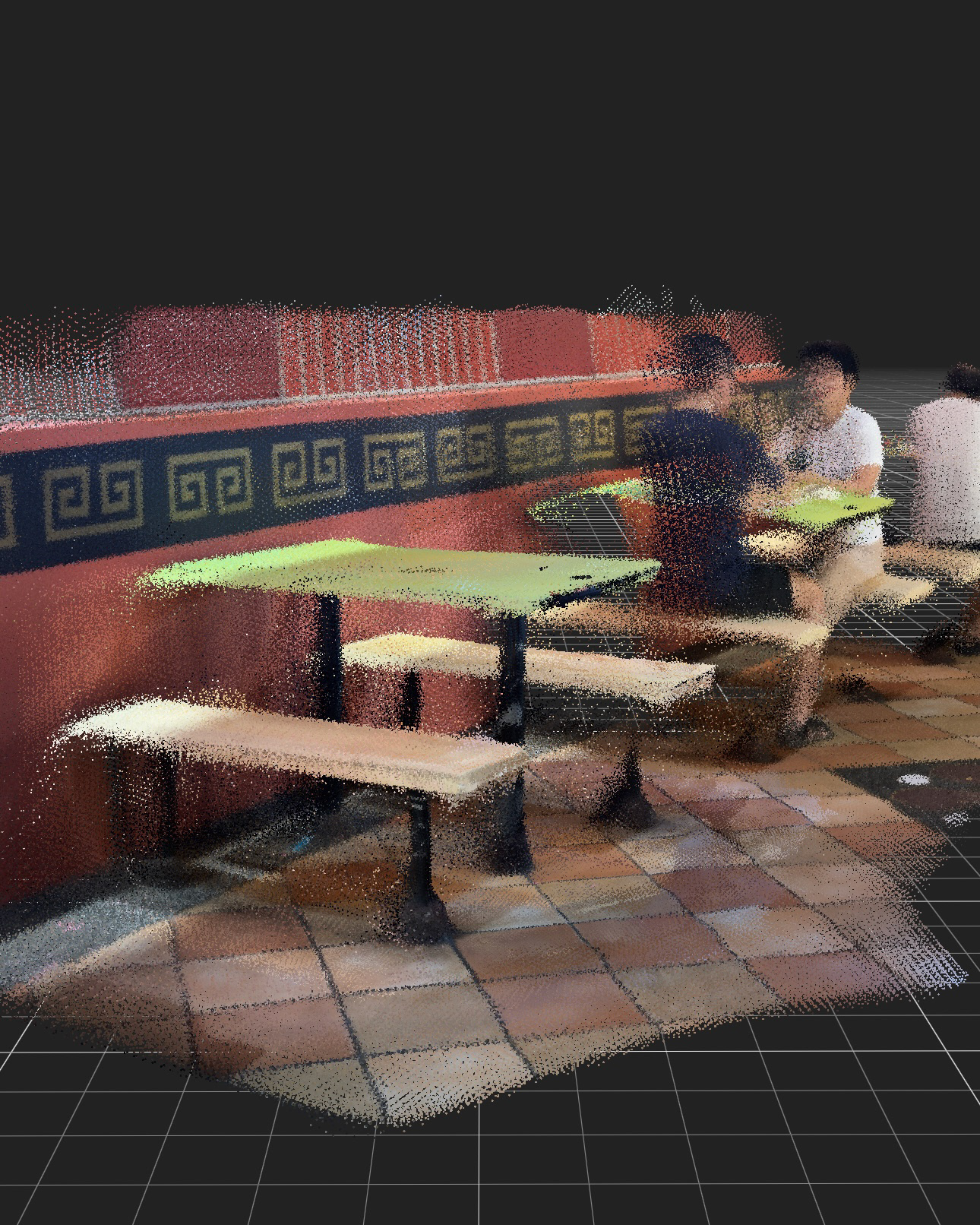GDI (Global Design Initiative) is an annual workshop week for design students from five universities: Köln International School of Design (Cologne), LASALLE College of the Arts (Singapore), Central Saint Martins, University of the Arts (London), Musashino Art University (Tokyo), and Shih Chien University (Taipei). In 2024 hosted in Singapore, the project explored the theme "Alternative Communities".
Throughout the week, three diverse teams comprised of students from five different universities collaborated, each led by a LASALLE team manager.The schedule unfolded with an exploration day on Monday, delving into non-mainstream sites like the independent art store Shrub and the alternative scene in the Red district Geylang, revealing insights into Singapore's societal constraints. After engaging in field trips, we conversed with local activists, curators, and representatives of various subcultures to respond to the brief we created a mind map and defined the questions we want to address with our project. Workshops on Tuesday included block printing and rattan weaving, followed by visits to initiatives like the Edible Garden, promoting urban food sustainability. Wednesday saw interim presentations to professors, followed by continued collaboration on Thursday and a final presentations on Friday at the LASALLE exhibition space, where the results remained on display for three weeks.
At the beginning of the project week, to frame our objectives and approaches, our group began with defining 'alternative community' in the context of Singapore city, concluding that our focus should be on groups united by an idea or common background whose norms deviate from the mainstream. We identified surveillance technology, censorship, and regulations as pressing issues limiting individual expression. Singapore, as a country, presents a unique blend of ambiguity, known for its economic development and fast-paced futuristic cityscape, yet marked by strict governance resembling a 'bird in a golden cage'. This impression aligns closely with the GDI24 brief, as the city's rapid transformation and gentrification, under modern political structures, marginalize certain groups, displacing local trades and alternative communities.






Fern is a co-founder of Shrub, a store specializing in independent artist products, curated zines, and posters, situated in Golden Mile Tower, Singapore. We met Fern on the second day of the GDI, where we had the opportunity to learn about her project and conduct an interview with her regarding her creative work and individual expression.
Following Monday introductions and meetings with locals involved in alternative communities, our group shared lunch at a Hawker centre, an integral part of Singapore's culinary landscape tracing back to early immigrant communities. The Singapore government took control over hawker communities in the 1970s with the implementation of centralized hawker centers and licensing schemes to regulate and organize the industry.
There at hawkers centre, we found ourself in the situation, that the group of 6 us couldn’t sit around one table, as the seats were limited and the furniture was mounted in the ground. That was a moment of an inner rebel, physically facing the barriers, limitations on ones will by presented instructions, that authorise and direct our behavior and communication.
Encountering seating limitations at the Hawker centre sparked reflection on the nature of spaces and how they influence us, prompting thoughts on communal life and resistance against oppressive structures, inspired by Giorgio Agamben's "Communing Community", which became a theoretical framework for our research. The ideas from this book sharpened our vision on the interpretation of the brief of alternative communities. Community that resists the instrumentalization and oppressive structures of modern politics and embraces a form of communal life that transcends the exclusionary mechanisms inherit in the state of the exception.
The main issue how can we advocate for the change and design a possible solution in the environment agains it? Is there is a strategy for the inclusive, non-utilitarian mode of existence and how can we challenge the conventional notions of sovereignty and power?
The main issue how can we advocate for the change and design a possible solution in the environment agains it? Is there is a strategy for the inclusive, non-utilitarian mode of existence and how can we challenge the conventional notions of sovereignty and power?



We implemented and visualised our ideas, adopting an interdisciplinary approach. Conducting on-site exploration at a nearby Hawker centre, we interviewed food store owners and visually documented the space, resulting in a video collage highlighting aspects of public surveillance, eye i am watching you. Developed sketches visualising movable furniture blocks to humanise the space, promote engagement in social interactions, and offer the possibility of choosing the design of surroundings.
Creating a mind map helped us to navigate the research field and highlight the main question we want to raise. Our findings laid the foundation for the exhibition layout, which illustrated our journey and thinking process. The initial mind map was extended with sketches, renderings, and photographs, and a zine binder with a read thread, that as the thread pinned on the wall, connecting the artefacts, and research question, was used in the symbolic way.
Reflecting on a block printing workshop, we explored the potential of simple geometric forms suggesting narratives. That culminated in a zine featuring photographs, live camera screenshots, and censored quotes, serving as a narrative thread for our exhibition layout, which extended the initial mind map with sketches, renderings, and photographs, symbolically connecting all of them by the red thread to illustrate our journey and thinking process.






The week passed swiftly, leaving behind fond memories and valuable insights. I'm grateful for the opportunity, as I firmly believe in the enriching power of intercultural exchange. Learning from diverse approaches across different design schools was particularly enriching, showcasing the breadth of thought within our field. Our group, comprised of Lienne, Oliver, Simone, Gaito, myself, and our team guide Brandon, formed a cohesive unit, each member complementing the others' expertise, fostering a supportive and collaborative dynamic. Participating in GDI was not only a valuable exercise in critical thinking but also an opportunity to hone our skills in creating and organizing visual research related to our thematic focus.